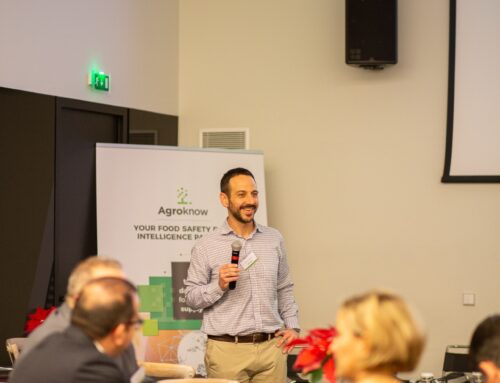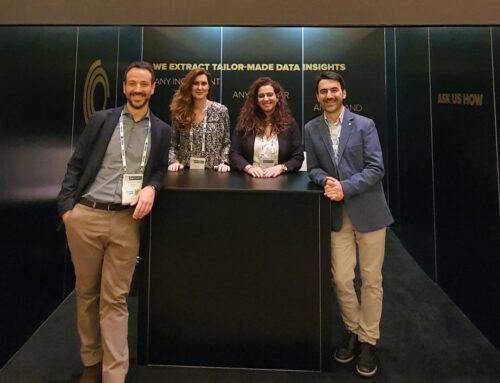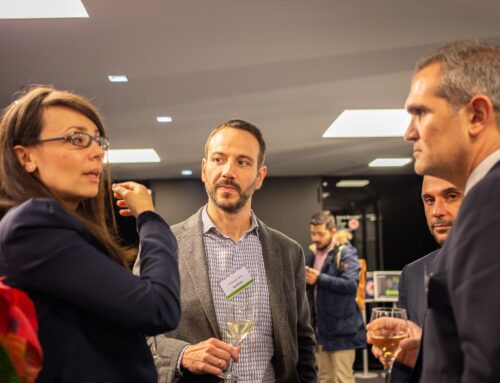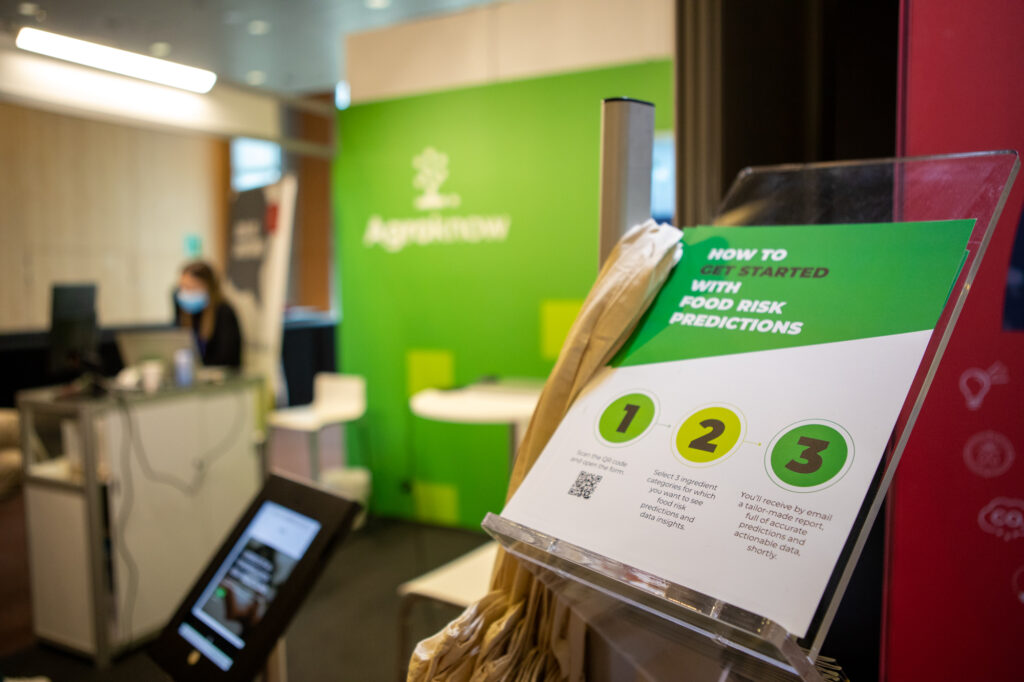
A few months ago, I joined Maria Velissariou (Mars) and Cronan McNamara (Creme Global) for a Smarter Food Safety TechTalk Podcast hosted by Donald A. Prater & Frank Yiannas (FDA).
The question that we tried to answer seemed to be quite straightforward:
“AI is already being used in many ways to add value in society, whether it be in our smart phone, cars, health management, or digital shopping platforms.
But how can it be used to advance food safety?“
This panel took place as part of the dialogue that the U.S. FDA is facilitating, to highlight and promote key priority areas in an ambitious digital strategy to help bend the curve of foodborne illness.
They are one of the few governments around the world that are implementing an ambitious digital strategy to help improve the safety and quality of food that the U.S. citizens consume. As they are responsible for a huge market, what they do is at the epicenter of interest for many other public and private sector stakeholders.
I am still thinking about the topics that we have covered in this conversation, what I have learned from my colleagues, and the question at hand.

Through the New Era of Smarter Food Safety strategic blueprint, announced in July 2020, FDA is trying to achieve a number of things:
- enhance traceability
- improve predictive analytics
- respond more rapidly to outbreaks
- address new business models
- reduce contamination of food
- foster the development of stronger food safety cultures
One of the core elements of this digital strategy is called Smarter Tools and Approaches for Prevention and Outbreak Response. It explicitly aims to expand predictive analytics capabilities using AI and machine learning tools. As AI is driving a new industrial revolution, this sounds like an important and timely aspiration.
Still, what does it practically mean for a market like the U.S.?
This is what me and my co-panelists tried to to answer.

Listen to the podcast here: https://www.fda.gov/media/157007/download
During the almost 40 minutes of the Podcast, we went beyond simply sharing practical use cases of applying AI in food risk mitigation & prevention. We also:
- Challenged the current way of thinking about food safety challenges and how technology may help address them.
- Reinforced the vision of a smarter, more digital and much more interoperable food system.
I highly recommend taking the time to go through it, as you will hear us sharing experiences, presenting case studies, debating about how AI can be used to strengthen predictive capabilities and, in turn, enhance food safety protection for consumers and businesses.
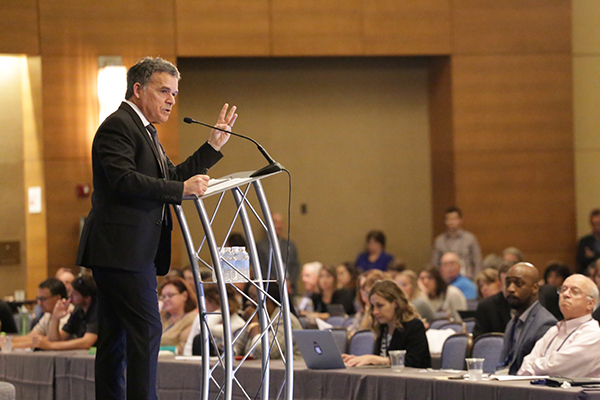
Let me particularly focus on the comments of Frank Yiannas, the FDA’s Deputy Commissioner for Food Policy and Response – who as a former VP of Food Safety at Walmart pioneered the application of blockchain for enhanced traceability in the food supply chain.
Frank is highly respected in the food safety community, bringing together industry experience with the public sector mandate, talking (and writing) a lot about food safety being a matter of cultural transformation.
Putting the panel discussion in context, Frank reminded us all how he speaks publicly about AI and food safety during his tenure at the FDA. It is a topic that he is pretty passionate about, as he sees the use of AI as an absolute game-changer, a powerful new tool that could significantly enhance our ability to create a safer food system.
At the closing of of the Podcast, Frank shared 5 key takeaways which I found particularly interesting and would like to reflect upon.
Number 1: Better food safety begins and ends with better data.
He noted that great tools have been used in the past – inspectional approaches, the tool of training, the tool of testing. But we’re entering the 21st century where we increasingly have the ability to convert large volumes of data into powerful predictive information to tools such as AI. Better food safety in the 21st century is going to begin with better data.
I do agree with this point. What we hear from clients is that their main challenges are associated to better data:
- either in terms of having access to all external data sources that will help them understand global safety trends and early respond to crises;
- or in terms of combining external data with their internal data and software systems, so that combined insights may be generated and decisions can be more efficiently supported.
Number 2: It’s not about AI, it’s about the public health problem.
For Frank, this is not a debate about the promise of AI. It is about focusing on the tremendous public health challenges that we are trying to solve, one problem at a time. The panel gave concrete examples of specific use cases:
- Enhancing horizon scanning: not only what we think is coming down the pike, but also things we’re not seeing around the corner.
- Ensuring that imported seafood is safe, as 94% of all seafood consumed in the United States is imported.
- The leafy greens, a recurring vehicle of foodborne disease.
We should not focus on the technology per se, but on the important problems that we are trying to solve.
I could not agree more. We technology people love solving technology challenges or become passionate about a very promising tech innovation. This often makes us short-sighted in our thinking and distracts us from solving real problems that real people have. And the problem at hand is extremely important: how can we ensure that everyone has access to safer food?
Number 3: AI can be a team sport.
Food safety is a collaborative effort, as we live in a shared food system. But can we democratize big data in a way that the public and private sector share information or private-to-private sector? Safety is not a competitive issue. We will have more data together, and we will all win together, Frank argued.
This has been one of my favorite topics ever. Back in 2016, I gave a talk at the Open Data Institute (ODI) Summit, presenting the Chania Declaration and how we brought together innovation stakeholders to embrace the vision of a collaborative data ecosystem in food and agriculture.
There are groups, like the Food Industry Intelligence Network (fiin) and The Food Safety Market (TheFSM) initiative, doing a remarkable job in facilitating data sharing and exchange.
But I also believe that there is plenty of work still to be done, if we want to really break down the food safety data silos. My 2016 vision still remains: let’s make all critical food information interconnected and interoperable.
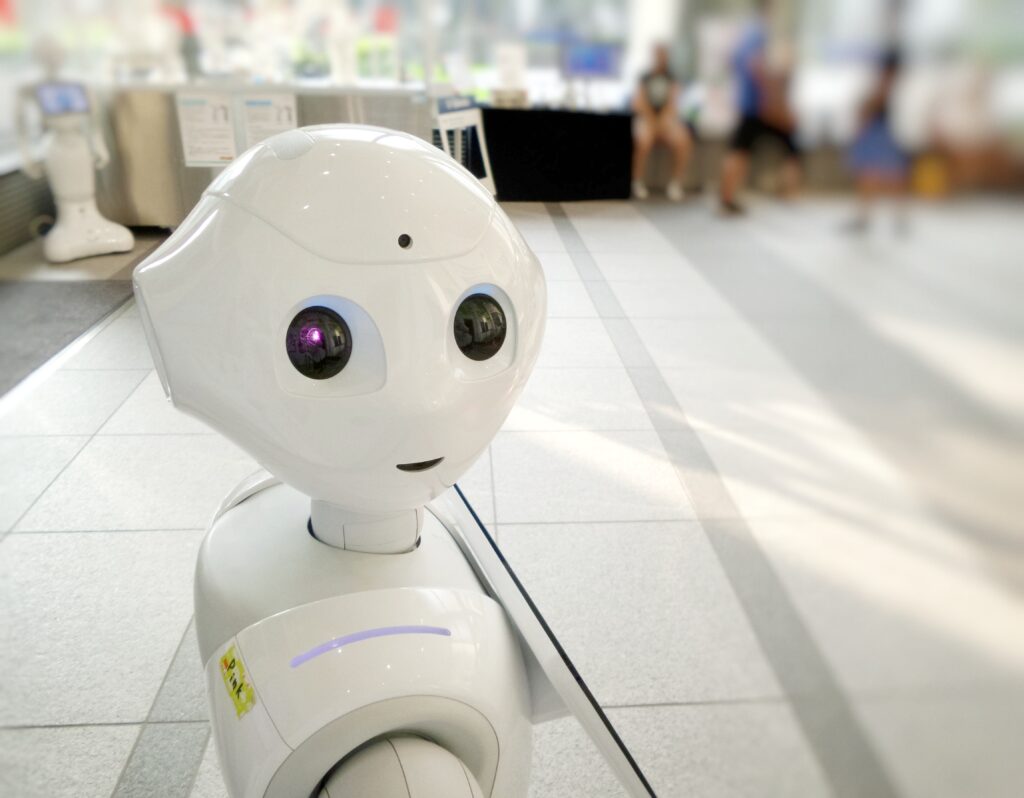
Photo by Possessed Photography on Unsplash
Number 4: We need to focus on more than just technology.
Frank made it quite clear at his closing statements: AI is not going to replace the subject matter experts. We are always going to need the best and brightest food safety professionals. It is a powerful adjunct to the human capacity and intellect.
To be leveraged in the food safety operations of an organization, AI requires significant changes in the way things currently work. Expect to engage many others than just the IT department, as the food safety functions need to buy in first.
I see this as a top priority. Especially in the case of large organizations, change management can really make or break an AI initiative. We have discussed this extensively in a dedicated webinar about the challenges and opportunities of AI-powered digital transformation.
Number 5: It’s already happening now.
AI in food safety is not science fiction; it is already happening now. It is already being used in food, online shopping platforms, healthcare, and elsewhere. “So, let’s get started now”, Frank pointed out.
Yes, it is happening now. It has lots of promise, but also significant perils. I assume that in 10 years from now, the way that food risk mitigation and prevention takes place will be completely different. We are currently shaping this future and such conversations highlight the fact that important decisions need to be taken at various levels.
The way to apply AI in food safety goes beyond the technological innovation per se. To some extend, I truly believe that if we apply open and transparent implementation principles, its application can accelerate public-private stakeholders’ collaboration and eventually help eradicate foodborne illness in our food supply chain.

